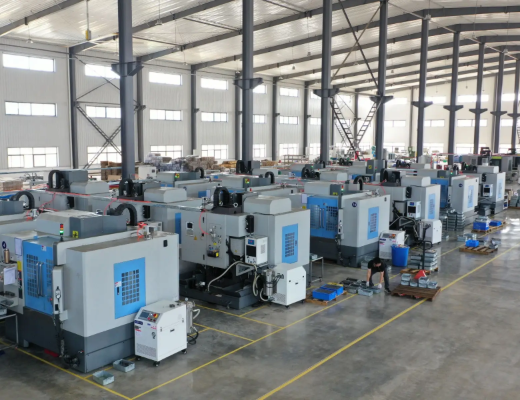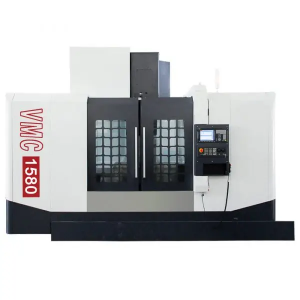At Leichman, a leading name among vertical machining center manufacturers, we specialize in providing advanced machining solutions, including our innovative 5-axis vertical machining center. Understanding the differences between vertical and horizontal machining centers is essential for manufacturers looking to optimize their production processes and choose the right equipment for their needs.
Understanding Vertical Machining Centers
Vertical machining centers (VMCs) are characterized by their vertical spindle orientation. In these machines, the spindle axis is vertical, allowing for efficient machining of flat, contoured, and complex surfaces. We pride ourselves on producing cutting-edge 5-axis vertical machining centers that provide enhanced flexibility and precision for intricate manufacturing tasks.
The vertical design offers several advantages, including better visibility of the machining process and easier access for setup and maintenance. This makes VMCs an ideal choice for shops focused on producing high-precision parts, especially in industries such as aerospace, automotive, and medical devices.
Exploring Horizontal Machining Centers
In contrast, horizontal machining centers (HMCs) feature a horizontal spindle orientation. This design allows the spindle to operate parallel to the ground, which can improve chip removal and reduce the risk of re-cutting chips. HMCs are particularly effective for high-volume production runs and are often favored for machining large parts or complex geometries.
One significant advantage of HMCs is their ability to accommodate larger workpieces and their enhanced rigidity, which can lead to improved accuracy over extended machining cycles. However, they may require more floor space and can be more expensive than vertical machining centers.
Comparing Performance and Applications
When comparing vertical and horizontal machining centers, it’s essential to consider the specific applications they are best suited for. Vertical machining centers, such as our 5-axis vertical machining center, excel in producing detailed components with high precision and are well-suited for smaller batches or custom work. They are often easier to set up and operate, making them accessible for shops with varying levels of expertise.
On the other hand, horizontal machining centers are ideal for large production runs and heavier workpieces. Their design allows for better chip control and cooling, which can be critical for maintaining accuracy during prolonged machining tasks. As vertical machining center manufacturers, we understand that the choice between these two types of machines ultimately depends on the specific needs and capabilities of each manufacturing operation.
Conclusion
In summary, there are notable distinctions between vertical and horizontal machining centers that may affect the productivity and efficiency of manufacturing. Leichman, a top supplier of 5-axis vertical machining centers, is dedicated to providing cutting-edge solutions that are suited to contemporary manufacturers’ requirements. Businesses may make well-informed decisions that improve productivity and propel their operations by knowing the advantages and uses of both vertical and horizontal machining centers. In today’s cutthroat production environment, investing in the appropriate machining technology is essential to attaining excellence.




